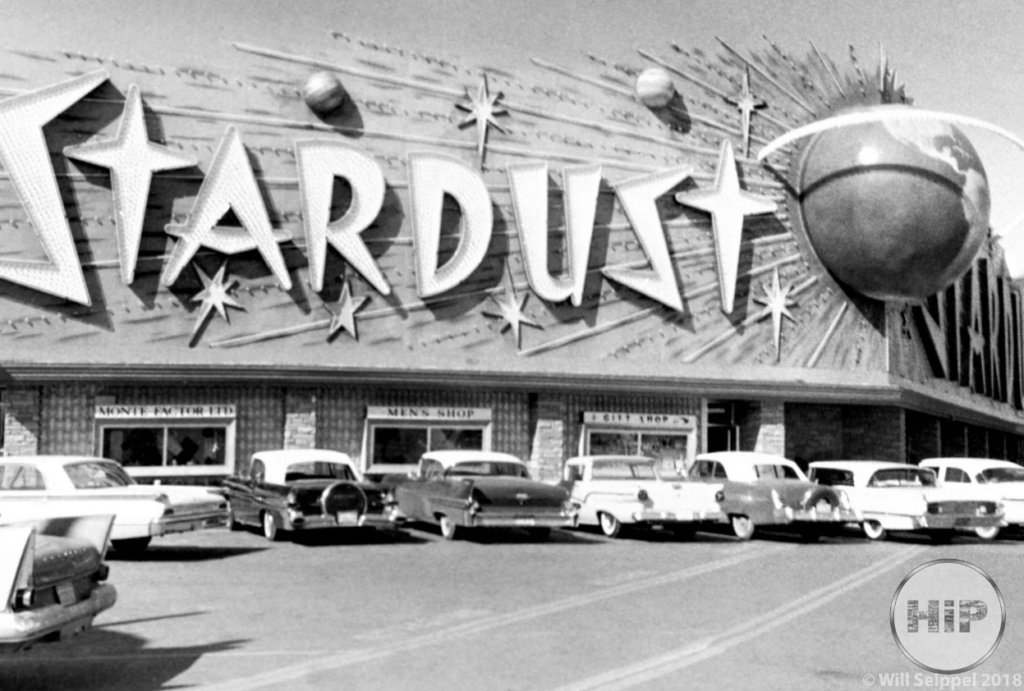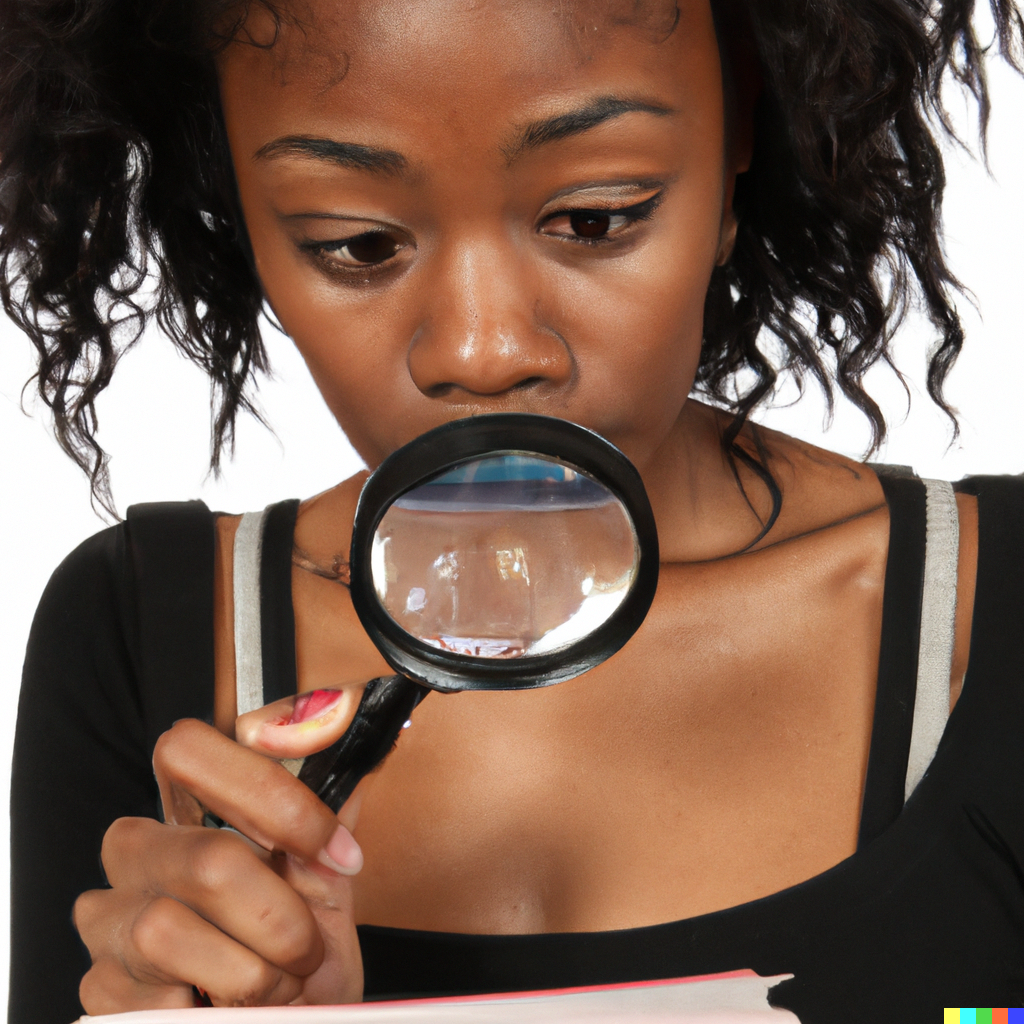BLOG
Finds and Interests

Image: historyinphotographs.com
We all have boxes of photos with pictures of people we don’t recognize. Before everyone had a phone camera, folks developed their film and put the entire package—negatives and all—into a photo storage box. They planned to arrange them into photo albums “someday.”
Then, a generation or so later, sifting through the photos in a box, the heirs wonder: Who are these people? Where was this photograph taken? Why was someone moved enough by the scene to stop and take a picture?
This scenario is apparent in the thousands of photos I see every year. You see, I collect vintage photos. I am always drawn to the boxes of old photos when I go to flea markets, antique shows, and estate sales. I wonder about the picture’s subjects, setting, time, or context. As I sort through the boxes, a picture occasionally piques my curiosity. Although I rarely know the picture’s location or the people in it, I sometimes become obsessed with finding out.
I Love Being a Photo Detective
I get a kick out of delving into a photo’s mysteries. I look for details in an image that could help me identify the time, place, people, event, or activity. Many of my favorites are posted on my website, History In Photographs.
Details reveal information about a photograph’s context and provide proof of its history. What is going on in the background? Is there a sign on a building? Are there leaves on the trees? Are there street signs? Automobile license plates? Curiosity compels me to go through the “who, what, when, where, why, and how” for each shot.
Observing how people stand together or apart, turned toward or away from each other, says something significant about their relationships.
I look at each photo and question what I see. What happened before and after the photo was taken? Why did these people come together for this occasion?
Over the years, my photo detective system has become a habit; I can’t look at a photo without mentally going through my process. It has informed my grasp of history, helped me become a better antiques picker, and provided countless hours of entertainment and engagement. So, allow me to share a few tips with you.

Image: public domain
10 Tips for Becoming a Photo Detective
1. Look closely at the photo, front and back. Be sure to use a magnifying glass if viewing an original print or zoom in on details if viewing a digital image.
2. Take notes on what you see and include any unusual features.
3. Look for relationships or clues in the photo indicating relationships between the people in the image. Look for entwined hands that convey intimacy between two people, facial expressions that suggest tension, and shadows on faces indicating fading memories. All these small pieces can help you tell a larger story about an individual photograph and start unraveling who and what they represent. Are there family members or other people missing from the photos who you think should be there? Why do you think (or know) they are not there? For example, if there are two children in a family portrait but three siblings are known to exist, ask yourself why one sibling was left out of the picture. Is it because of a strained relationship? Was one sibling not available for the photo session?
4. Look for status clues that can tell you more about the people in the photo, such as their income level, tastes, education, and religious practices.
5. Don’t make assumptions. Question each observation made and verify each detail that came with a photograph. A seemingly candid moment might have been an orchestrated event or posed portrait. Similarly, many photos feature props such as books and clothing items that could have been placed intentionally to create a particular effect or mood. Looking closely at all parts of the image can help uncover hidden meanings and contexts.

Image: Unsplash
6. Ask questions about what happened before and after the photo was taken.
7. Research the location in the photo. This can be done through online resources such as Google Maps and historical archives.
8. Search for hidden elements. These are features you had not noticed before, even in recent photographs. Also, ask yourself what the photos would tell you about yourself or your family if you were a stranger looking at them.
9. Keep an open mind when investigating photographs and allow yourself to explore all possible interpretations. Though one central interpretation may emerge from your investigation into a photograph’s context and history, allowing yourself to consider alternative ideas about what is happening in a photo can open up exciting avenues for further research and exploration.
10. Note the feelings that emerge from viewing these photos. What do they say about you or the people shown? Linger to get more info from your photos.
The Process Benefits You and Your Descendants
Photographs are a great way to trace your ancestry, remember significant moments, and share your life with others. By becoming a photo detective, you gain insight into the life and times of your ancestors, and the memories you create today can be treasured tomorrow.
Will Seippel is the CEO and founder of WorthPoint®, the world’s largest provider of information about art, antiques, and collectibles. An Inc. 500 Company, WorthPoint is used by individuals and organizations seeking credible valuations on everything from cameras to coins. WorthPoint counts the Salvation Army, Habitat for Humanity, and the IRS among its clients.